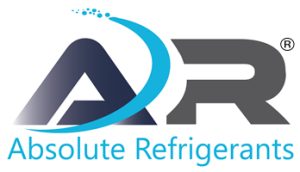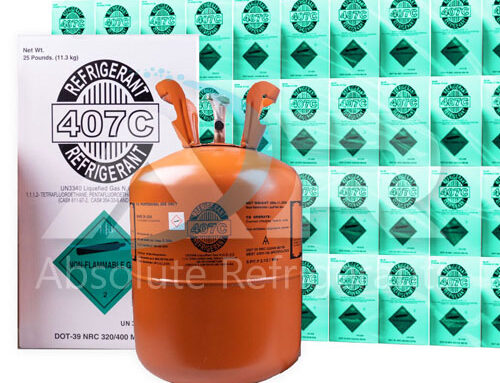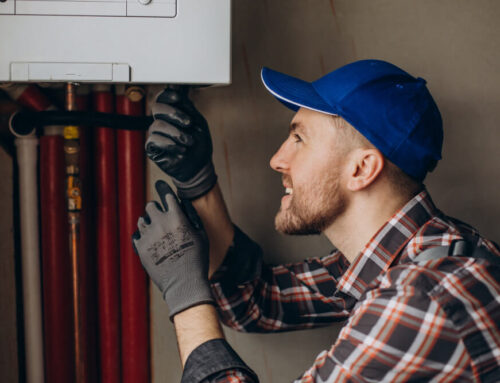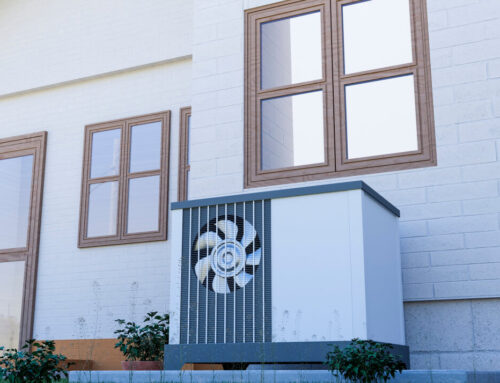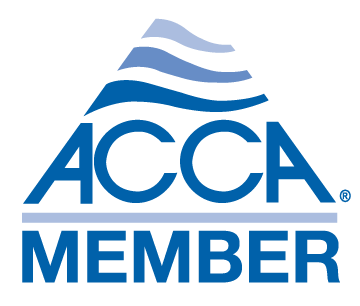Different Types of Refrigerants and Which One is Right for You?- Absolute Refrigerants

The Different Types of Refrigerants: Which One is Right for You?
Want to learn more about the different types of refrigerants and which one is right for you? Refrigerants are essential components in cooling and heating systems as they absorb and release heat. They are crucial in maintaining a comfortable temperature in homes, offices, and vehicles. Over the years, various refrigerants have been used in air conditioning and refrigeration systems. However, some refrigerants have been banned due to their negative impact on the environment. This blog will discuss the different types of refrigerants and their applications.
Chlorofluorocarbons (CFCs)
- Chlorofluorocarbons were widely used in air conditioning and refrigeration systems in the past. They are known for their low cost and high efficiency in cooling. However, CFCs have been banned due to their harmful impact on the ozone layer. When released into the atmosphere, CFCs break down the ozone layer and increase the amount of ultraviolet radiation reaching the earth’s surface. This can lead to health problems and environmental issues.
Hydrochlorofluorocarbons (HCFCs)
- HCFCs were introduced as a replacement for CFCs due to their less harmful impact on the ozone layer. HCFCs have a lower ozone depletion potential than CFCs and are, therefore, less damaging to the environment. However, they still hurt the environment and are being phased out under the Montreal Protocol.
Hydrofluorocarbons (HFCs)
- HFCs are the most commonly used refrigerants today. They are non-toxic, non-flammable, and do not harm the ozone layer. HFCs are used in many applications, including residential and commercial air conditioning, refrigeration, and automotive air conditioning systems. The most commonly used HFCs include R-134a, R-407C, and R-410A.
Hydrofluoroolefins (HFOs)
- HFOs are the latest generation of refrigerants and are considered to be the most environmentally friendly refrigerants. They have a low global warming potential and are non-toxic, non-flammable, and non-ozone depleting. HFOs are being replaced for HFCs in many applications and are considered the future of refrigerants. Some of the most commonly used HFOs include R-1234yf and R-744.
Ammonia (NH3)
- Ammonia has been a refrigerant for over a century and is still used in large commercial and industrial refrigeration systems. Ammonia is non-toxic, non-flammable, and has high energy efficiency. It is considered one of the most cost-effective refrigerants for large refrigeration systems. However, it is not commonly used in residential or automotive applications due to its strong odor and potential health hazards.
Carbon dioxide (CO2)
- Carbon dioxide is a natural refrigerant used in refrigeration systems for over a century. It is non-toxic, non-flammable, and has a low global warming potential. Carbon dioxide is becoming increasingly popular in commercial refrigeration systems and is also used in automotive air conditioning systems. However, it is not commonly used in residential applications due to its high pressure and low efficiency.
Propane (R-290)
- Propane is a refrigerant used for many years in residential refrigeration systems. It is a flammable refrigerant and is therefore used in low-pressure systems. Propane has a low global warming potential and is becoming increasingly.
